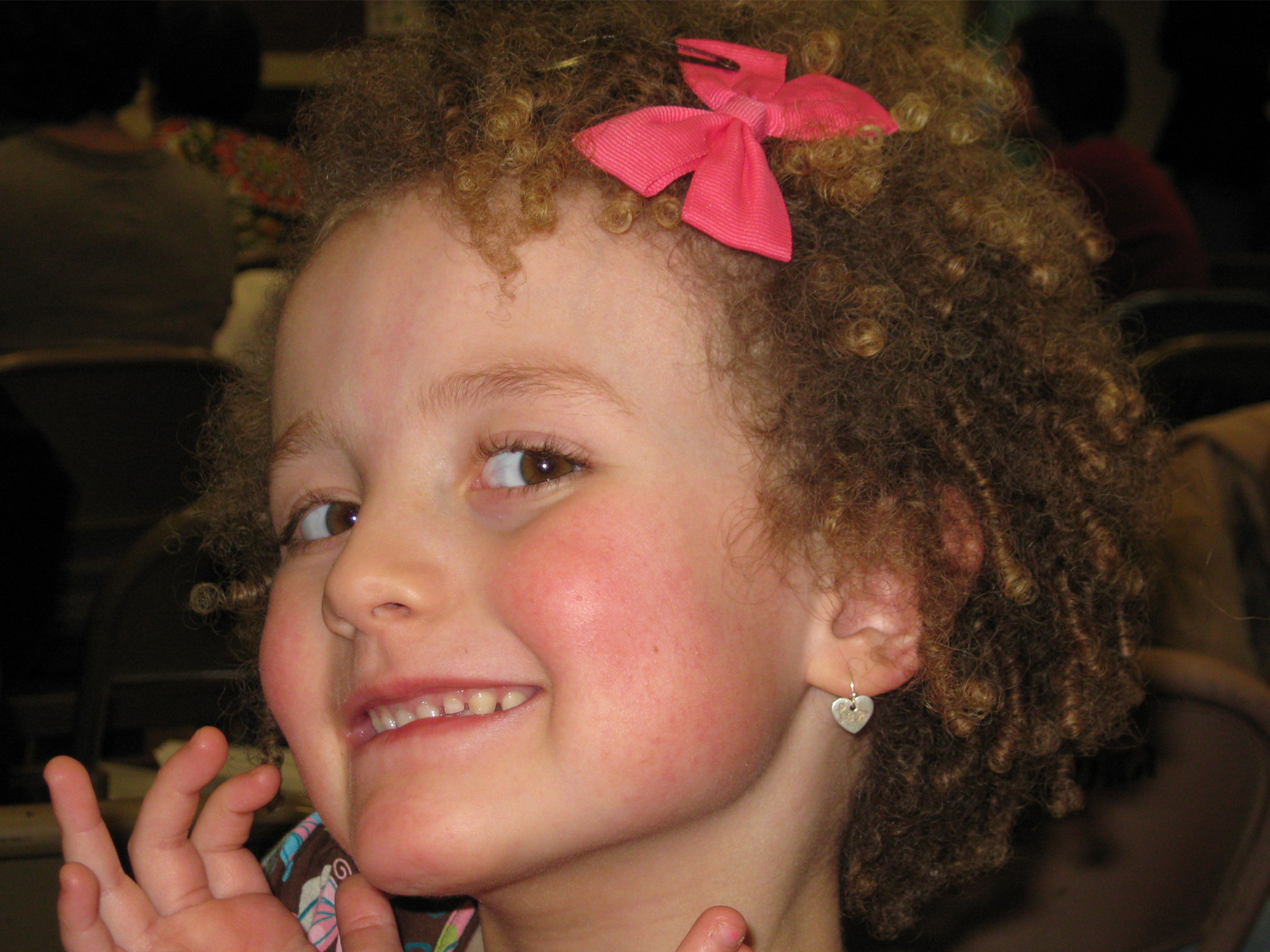Today, UNC Health Care announced an innovative, gene transfer-based treatment approach for children with giant axonal neuropathy (GAN). The treatment, developed by researchers led by Steven J. Gray, PhD, is the first of its kind. A clinical trial is now underway at the National Institute of Neurological Disorders and Stroke (NINDS) of the National Institutes of Health (NIH).
This is significant news for Taylor’s Tale and the Batten disease community because we’re funding Dr. Gray’s work on infantile Batten disease – work modeled after the GAN research that is now treating children at the NIH.
Three Things to Know about Dr. Gray’s Gene Therapy Approach
- The GAN treatment is the first-ever gene delivery approach administered directly into the spinal fluid to treat a neurological disorder.
- The infantile Batten disease research Taylor’s Tale is funding at Dr. Gray’s lab is modeled after the GAN work and has shown outstanding results. Mice in the study celebrated their first birthday on June 19; mice with infantile Batten disease normally die at eight months.
- This research is expected to support the development of treatments for many other diseases. Potential applications in addition to GAN and infantile Batten disease include ALS, Alzheimer’s disease, Lewy body dementia and many metabolic diseases.
What Experts are Saying
- “This trial is the first in history to deliver gene therapy through the spinal fluid to test the potential to achieve broad treatment of the spinal cord and brain. It is a momentous step forward, and we’re already seeing clear application of this approach to treat other diseases studied in my lab.” ~Steven J. Gray, PhD, principal investigator, UNC Gene Therapy Center
- “After 30 years of focusing on optimizing successful gene delivery, it is very rewarding to finally see these approaches being tested for some of the unmet clinical needs caused by these terminal genetic disorders.” ~R. Jude Samulski, PhD, director, UNC Gene Therapy Center
- “(This work) is paving the way for similar gene transfer based treatments for many other neurological disorders in which nerve cells of the spinal cord and brain need to be targeted, including spinal muscular atrophy.” ~Carsten Bonnemann, MD, principal investigator, National Institute of Neurological Disorders and Stroke (NINDS)
This research is a winner. The treatment is effective, the delivery system works, and the method is translational to humans. We have the will to keep fighting. Now we just need continued funding and support.
 I can’t end this post without thanking Lori and Matt Sames and their charity Hannah’s Hope Fund. The charity, founded for their 11-year-old daughter Hannah, provided almost all of the funding needed for the GAN work to reach clinical trial, and it was the trailblazer for Taylor’s Tale and many others. The Hannah’s Hope story is a shining example of the power of determination, sheer will and great love. It’s easy to get wrapped up in the complicated, technical details of a story like this. But at the end of the day, the courage of kids like Hannah and Taylor is what drives people like Steve Gray to take great ideas and turn them into real treatments. In truth, it should be the only motivation any of us ever needs.
I can’t end this post without thanking Lori and Matt Sames and their charity Hannah’s Hope Fund. The charity, founded for their 11-year-old daughter Hannah, provided almost all of the funding needed for the GAN work to reach clinical trial, and it was the trailblazer for Taylor’s Tale and many others. The Hannah’s Hope story is a shining example of the power of determination, sheer will and great love. It’s easy to get wrapped up in the complicated, technical details of a story like this. But at the end of the day, the courage of kids like Hannah and Taylor is what drives people like Steve Gray to take great ideas and turn them into real treatments. In truth, it should be the only motivation any of us ever needs.
I believe in Steve Gray and his team at the UNC Gene Therapy Center, but we need continued funding and support to get to the finish line. Please consider making a donation to Taylor’s Tale to help us achieve our goal! All donations are 100 percent tax-deductible. Give Now
